Batman/Doc Savage Special #1
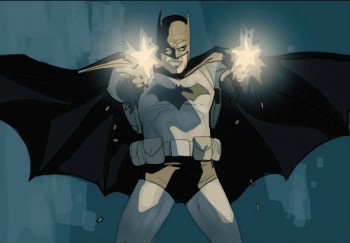 I am going to semi-repeat myself in my next two Black Gate posts, going over graphic novel versions of material that I’ve discussed over the past few months.
I am going to semi-repeat myself in my next two Black Gate posts, going over graphic novel versions of material that I’ve discussed over the past few months.
First up, and the more immediately timely subject because it just hit the newsstands on November 11, is DC Comic’s Batman/Doc Savage Special #1, a one-shot designed to set up a new alternate universe called The First Wave. As I posted before, this is one of few mainstream superhero comic ideas that to really excite me over the past two years, since it would re-imagine the modern comic heroes into the world of 1930s pulp. No super-powers, no aliens, just guns and gadgets . . . plus the re-appearance onto the comics pages of the some of the classic figures of the pulps.
When I bought Batman/Doc Savage Special #1 at my local comic book store, it was the first time I had bought a “monthly” mag in a few years. Usually, I wait to purchase trade paperbacks, but this was a must-have. There was no way I could wait until this got collected with the issues of the upcoming regular First Wave series, which doesn’t start until March. And, unfortunately, Batman/Doc Savage Special was over all too quickly. Another reason I usually don’t buy monthlies and wait for the book publication.
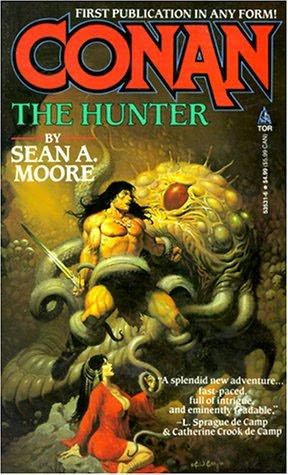 Conan the Hunter
Conan the Hunter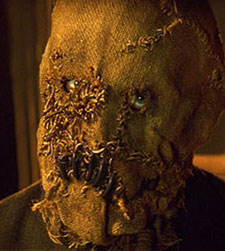 My novel-writing continues apace. Therefore, I shall be brief today. Or as brief as I possibly can.
My novel-writing continues apace. Therefore, I shall be brief today. Or as brief as I possibly can.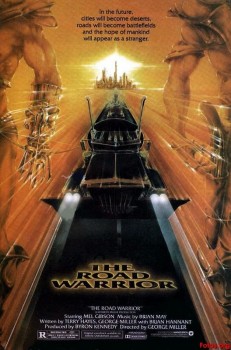 Right before I begin writing any major-length work, I do some important “stretching” exercises. No, not writing exercises; I do those nearly every day of the year regardless of what other projects I’m working on. This exercise is picking some DVDs off my shelves and queuing up a few key scenes that get me in the mood to tackle writing a novel. I don’t watch the whole movie (I usually don’t have the time), only a specific scene that does something to the synapses in my brain and makes me want to charge at the word processor and start slugging.
Right before I begin writing any major-length work, I do some important “stretching” exercises. No, not writing exercises; I do those nearly every day of the year regardless of what other projects I’m working on. This exercise is picking some DVDs off my shelves and queuing up a few key scenes that get me in the mood to tackle writing a novel. I don’t watch the whole movie (I usually don’t have the time), only a specific scene that does something to the synapses in my brain and makes me want to charge at the word processor and start slugging. In a few days, the clock will click over from October 31st, Halloween, and pass into November 1st, a day usually associated with the major retailers of North America vomiting out as much Winter Holiday displays they can. (Once they waited until the day after Thanksgiving, but now I think they are prepared to creep into mid-October as well, before the pumpkins are even carved.)
In a few days, the clock will click over from October 31st, Halloween, and pass into November 1st, a day usually associated with the major retailers of North America vomiting out as much Winter Holiday displays they can. (Once they waited until the day after Thanksgiving, but now I think they are prepared to creep into mid-October as well, before the pumpkins are even carved.) The comic book superhero was born in the late 1930s, during the time when the dominant form of popular culture reading was the pulp magazine. During the next decade, the pulps would start their slow demise: wartime paper shortages that forced the publishers to cut back on the more risky material to focus on the steady sellers, the paperback influx competed on the genre scene and were popular with soldiers overseas, and the rise of the comic book took away much of the younger readers. That the comic book should play such a large part in the end of the pulp magazine industry is an ironic reversal, since the hero pulps fueled the creation of those first four-color superheroes. No Batman without the Shadow. No Superman without Doc Savage.
The comic book superhero was born in the late 1930s, during the time when the dominant form of popular culture reading was the pulp magazine. During the next decade, the pulps would start their slow demise: wartime paper shortages that forced the publishers to cut back on the more risky material to focus on the steady sellers, the paperback influx competed on the genre scene and were popular with soldiers overseas, and the rise of the comic book took away much of the younger readers. That the comic book should play such a large part in the end of the pulp magazine industry is an ironic reversal, since the hero pulps fueled the creation of those first four-color superheroes. No Batman without the Shadow. No Superman without Doc Savage.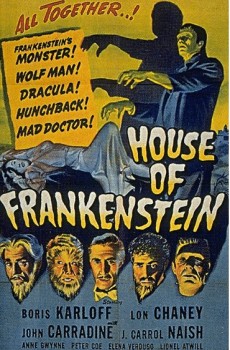 House of Frankenstein (1944)
House of Frankenstein (1944)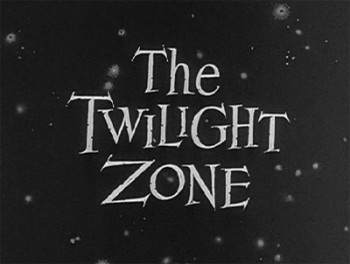
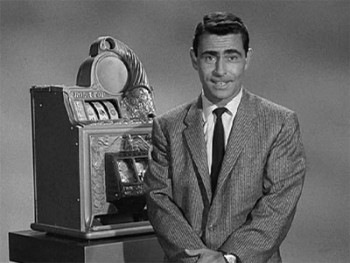 The place is here, the time is now, and the journey into the shadows that we’re about to watch could be our journey.
The place is here, the time is now, and the journey into the shadows that we’re about to watch could be our journey.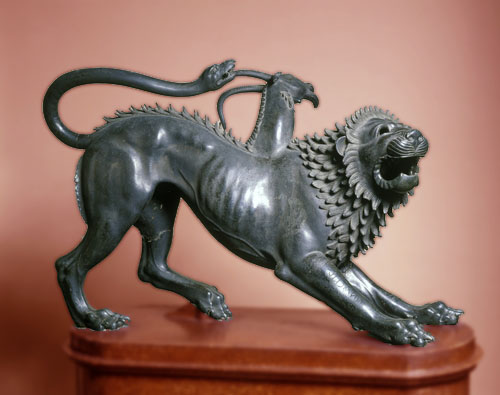 I don’t often get the opportunity to encounter true works of ancient artwork, those anonymous pieces of bronze and stone and gold that appear reproduced in textbooks, volumes of history, and museum brochures. Living on the western edge of the New World means I have a lack of local access to them, and when I’m in the Old World, I’m usually among the artworks of the early modern masters, who painted onto canvas their dreams of the ancients. Not that such art isn’t wonderful, but I’m a classicist deep down in my cerebellum, and I don’t get to engage with the genuinely ancient as often I would like.
I don’t often get the opportunity to encounter true works of ancient artwork, those anonymous pieces of bronze and stone and gold that appear reproduced in textbooks, volumes of history, and museum brochures. Living on the western edge of the New World means I have a lack of local access to them, and when I’m in the Old World, I’m usually among the artworks of the early modern masters, who painted onto canvas their dreams of the ancients. Not that such art isn’t wonderful, but I’m a classicist deep down in my cerebellum, and I don’t get to engage with the genuinely ancient as often I would like.